-
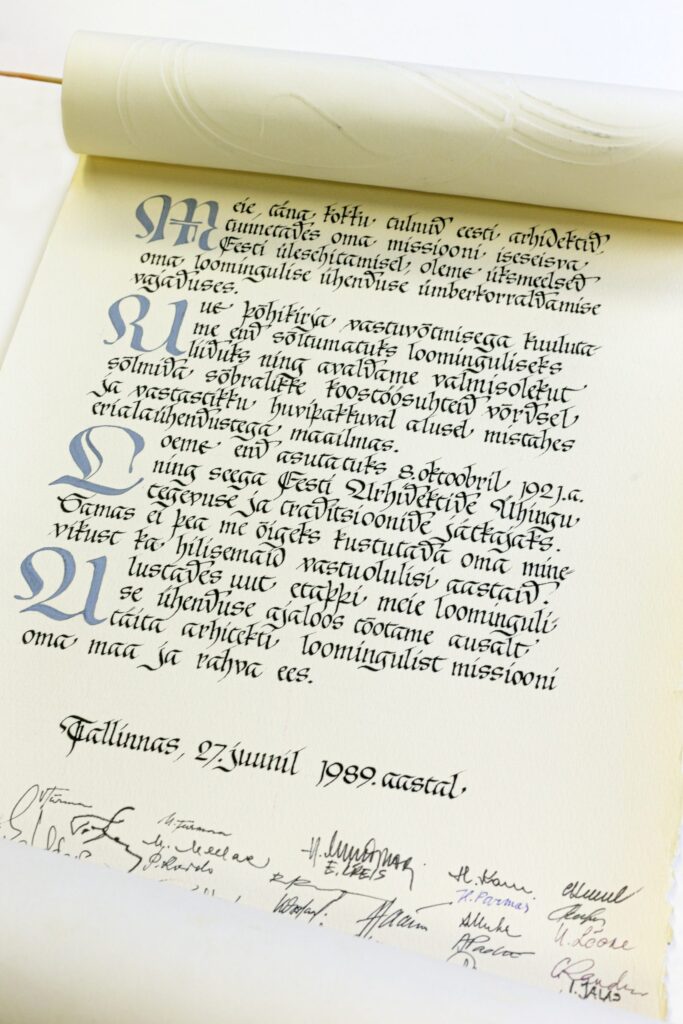
-
Festive document for the re-establishment of the Estonian Association of Architects
-

-
Estonian Association of Architects document
-
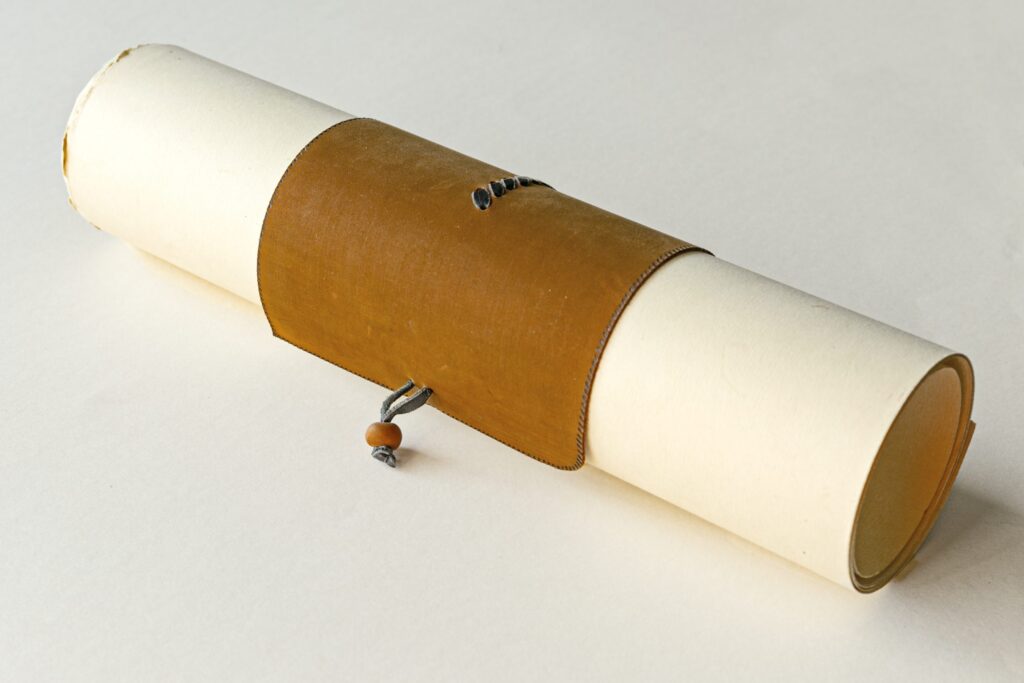
-
Estonian Association of Architects document
Document of the EEA,1989. EAM 10.4.9
Festive document for the re-establishment of the Estonian Association of Architects
The Estonian Association of Architects was the first of the creative associations to strive for independence in the late 1980s and to break away from the all-union USSR Union of Architects. The first groundbreaking decision was taken one day in November 1987, when a meeting was held to discuss the association’s activities. The architects decided that from now on the beginning date of the creative union should no longer be known as 1944, but the day of the establishment of the Estonian Union of Architects on October 8, 1921. The following year, by the initiative of architect Leonhard Lapin, the union decided to continue as an independent association. For this, a ceremonial document was drawn up in 27 June 1989. This beautiful document with a calligraphic text and the signatures of the architects made it possible to summon the official charter that was registered in November 1989. By this general assembly of the EEA selected the first board and architect Ike Volkov as the first chairman of the association. The master of the leatherwork that holds the paper document together is Aime Pralla. The EEA gave the document to the museum for the safekeeping in 1998. Text: Sandra Mälk (click on the image to see more photos)
-
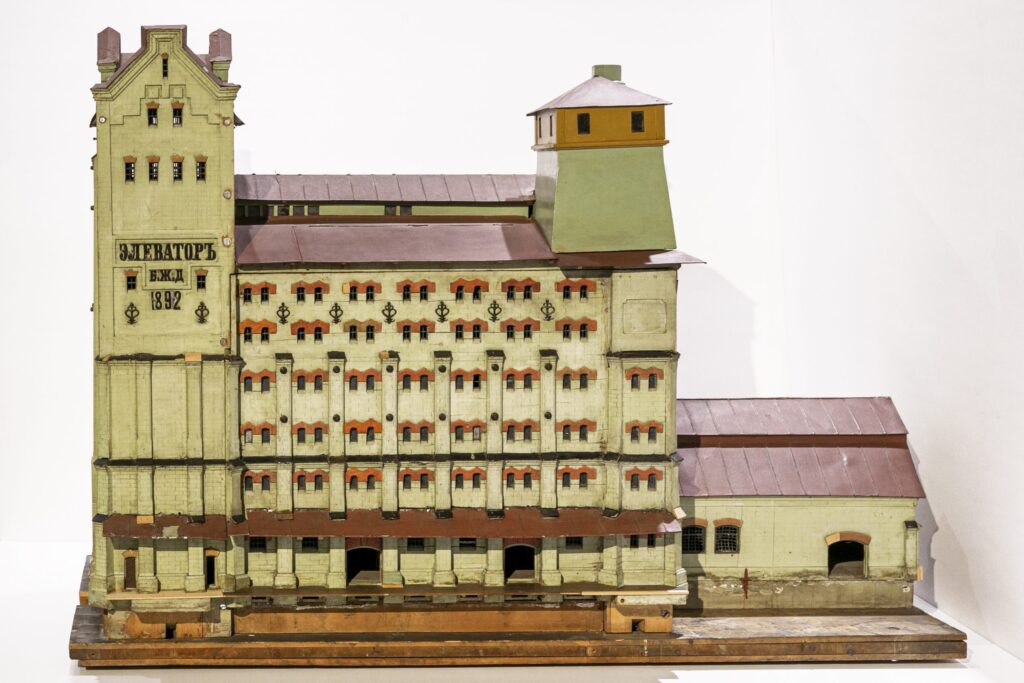
-
Model of the grain elevator in Tallinn harbour, 1899
-
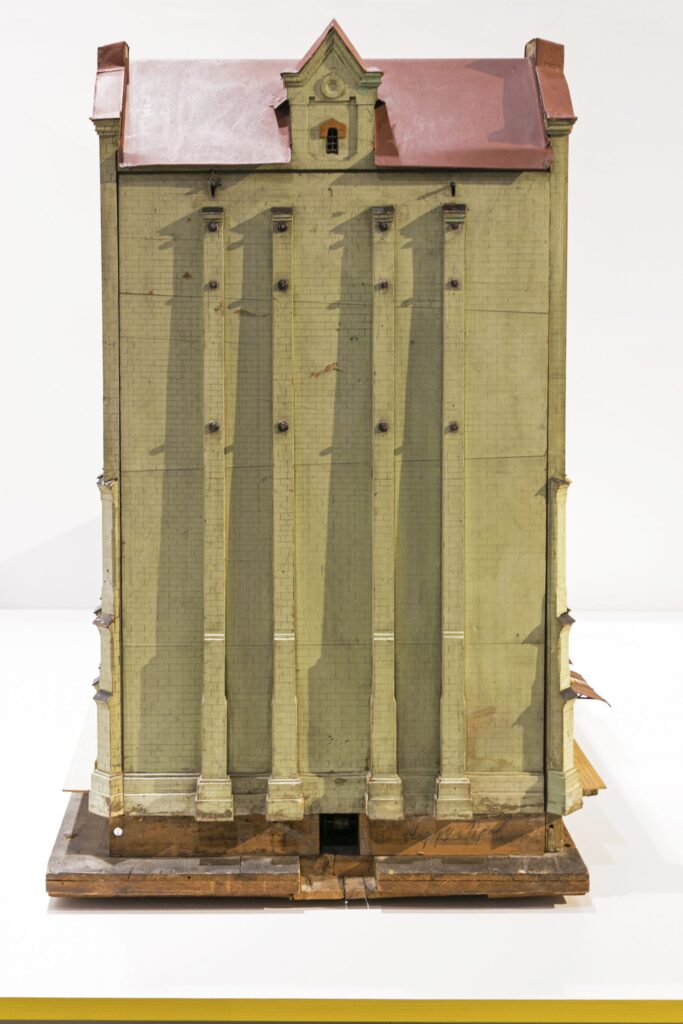
-
Tallinn harbour grain elevator, side view of model, 1899
-
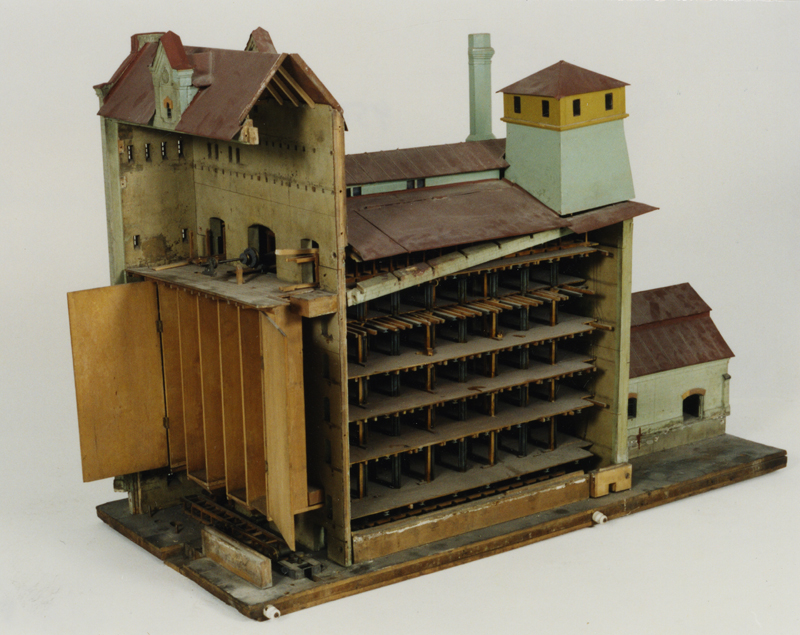
-
Tallinn harbour grain elevator
-
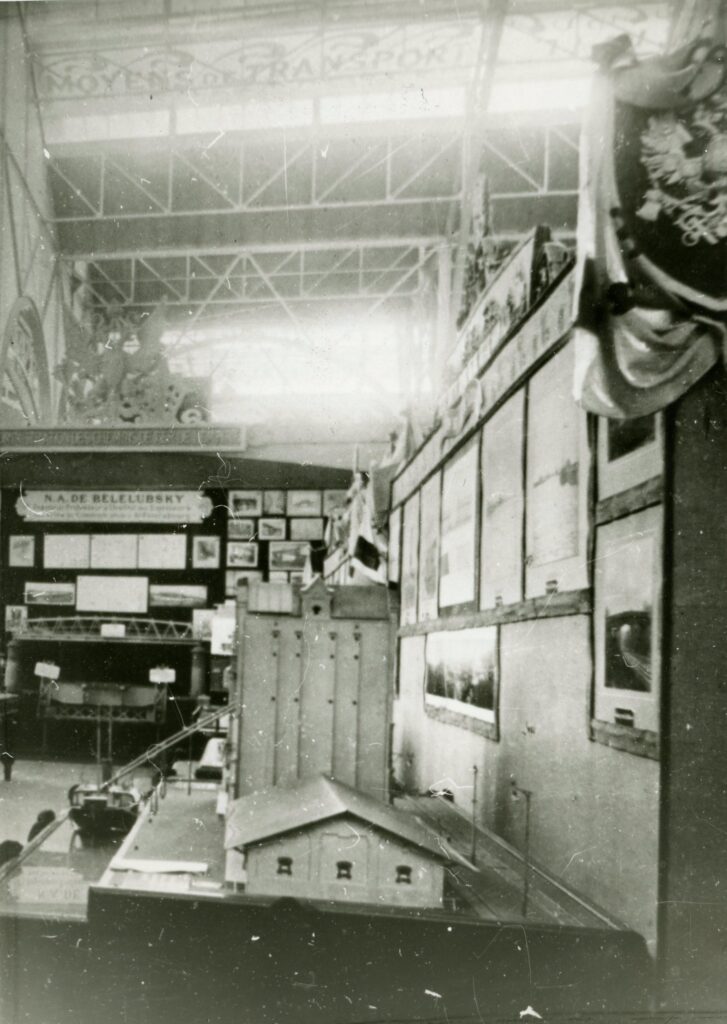
-
Model exhibited at the Paris Exposition Universelle, 1900
-
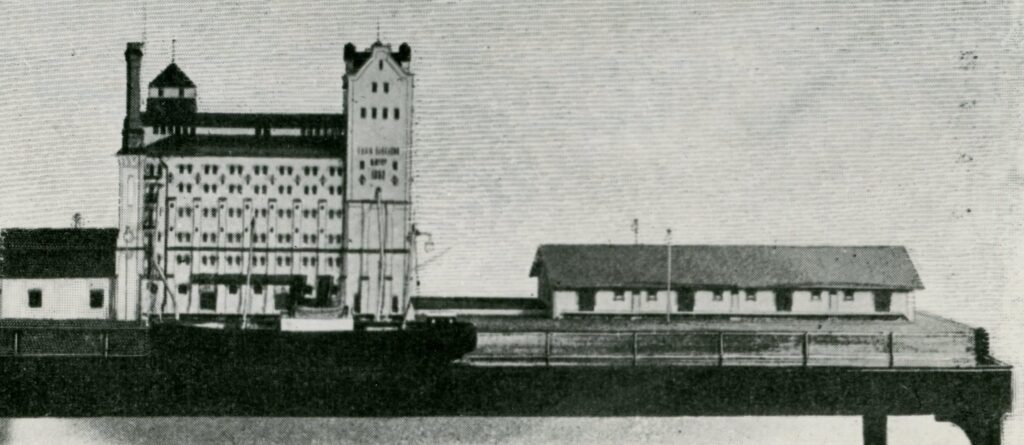
-
In the catalogue of the Ministry of Roads Museum, 1902
Anton Klevchshinsky, Feodor Yenakiyev, 1892–1893. Scale model: J. Kangro, K. Asik (woodwork), Krasimoshev, O. Sakker (metalwork), 1899. EAM MK 61
EAM 30 / Tiny tour of models: Tallinn harbour grain elevator
In 1893, a huge 6-storey limestone grain elevator with a 30-metre tower was completed on Viktoria quay at the harbour in Tallinn. At the time it was one of the largest and most modern in tsarist Russia, holding more than 3,000 tons of grain that could be mechanically loaded directly from wagons to ships. The elevator was designed by architect and academic Anton Klevchshinsky and engineer Feodor Yenakiyev, both from St Petersburg. A model of the building was completed in 1899 and was shown a year later at the 1900 Paris Exposition. The model is extremely detailed, there are various mechanisms in the interior that were originally able to move. The scale model’s journey to the Museum of Estonian Architecture has been a long one. After the exposition in Paris it was given to the Museum of the Ministry of Transport in St Petersburg. In 1971, the model came to Estonia and for 30 years was on display at the Railway Museum in the main building of Baltic Station. From there it found its way to the Estonian History Museum which, in 2000, donated the model to the Estonian Museum of Architecture. The model was restored by Kanut restorers. Text: Anne Lass
-
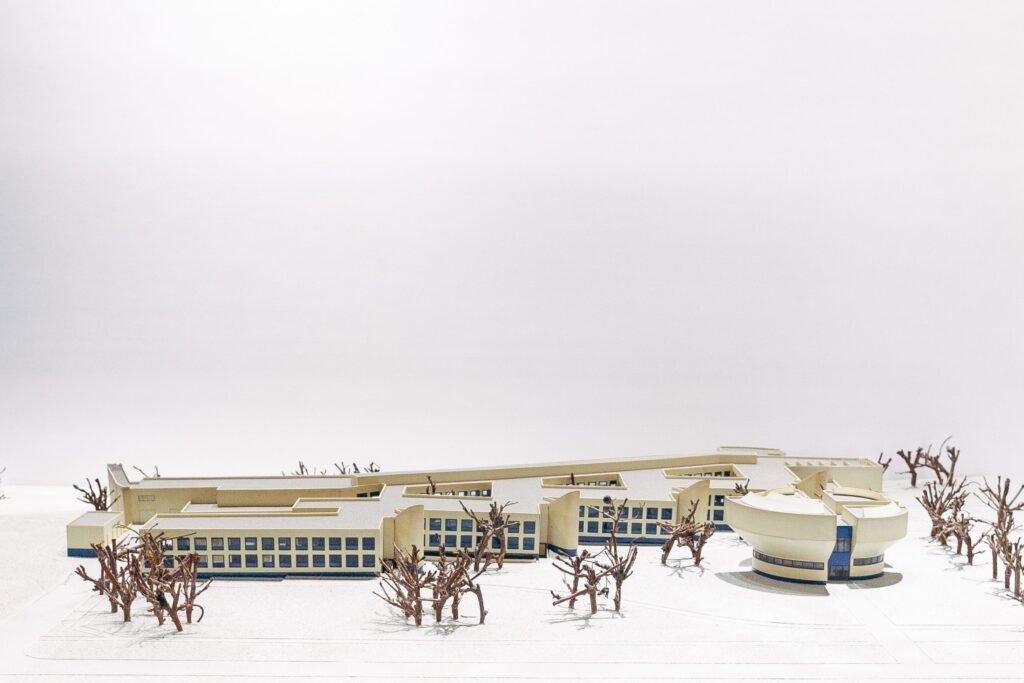
-
Estonian Agricultural Academy (currently Estonian University of Life Sciences) in Tartu. Valve Pormeister, 1976
-
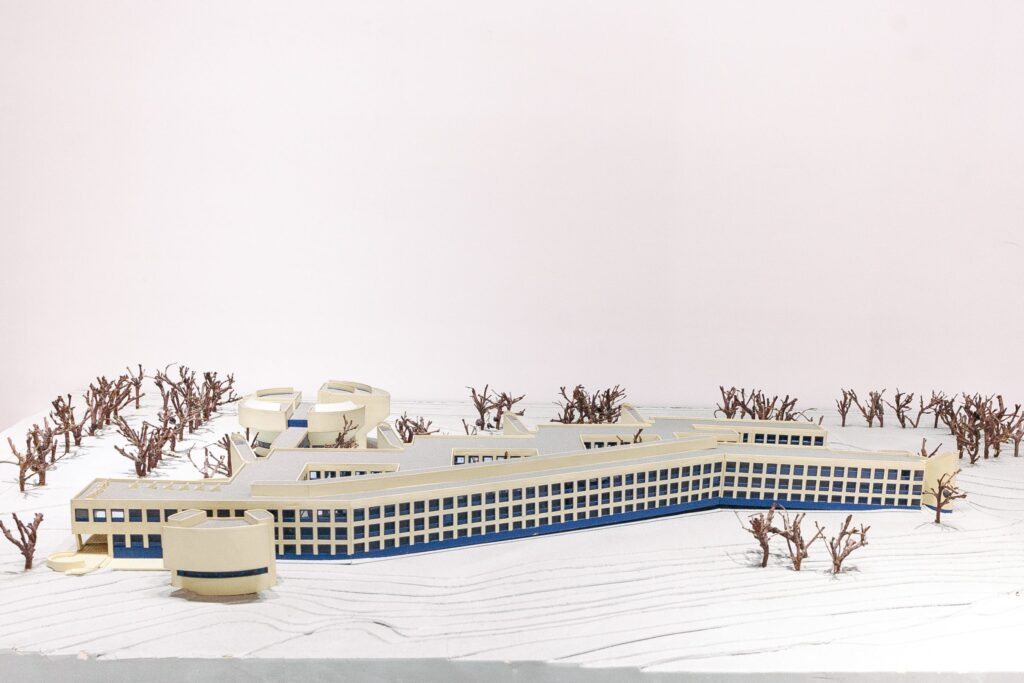
-
Estonian Agricultural Academy (currently Estonian University of Life Sciences) in Tartu. Valve Pormeister, 1976
-
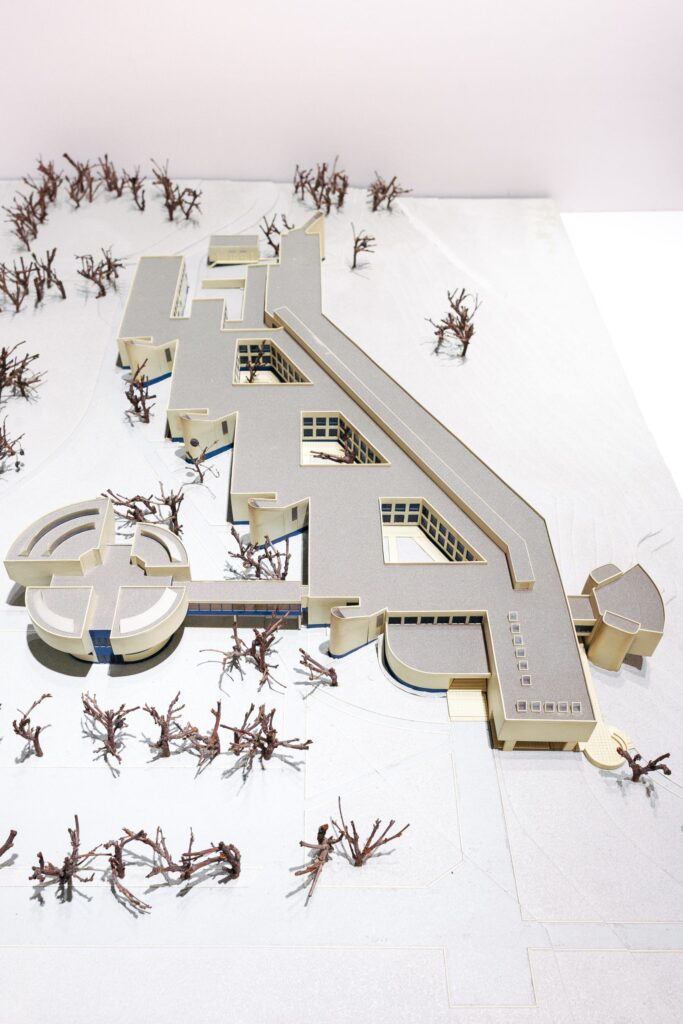
-
Estonian Agricultural Academy (currently Estonian University of Life Sciences) in Tartu. Valve Pormeister, 1976
Valve Pormeister, 1979. EAM MK 248
EMA 30 / Tiny tour of models: Estonian Agricultural Academy (currently Estonian University of Life Sciences) in Tartu
The construction of the new building complex for the Estonian Agricultural Academy in Tähtvere at the north-western border of Tartu was already launched in the 1960s. The Faculty of Forestry and Agricultural Mechanics building, designed by architect Valve Pormeister, was completed in 1983. This was one of the largest new buildings in Tartu, and the one with the most complex layout. The building consists of two contrasting structures intersected by three trapezium-shaped courtyards. The stepped main facade is articulated by round windowless stairwell towers, while the part of the building facing the river has a more laconic design. The massive circular auditorium was never built. The model was handed to the museum by the Estonian University of Life Sciences in 2019. Text: Anne Lass
-
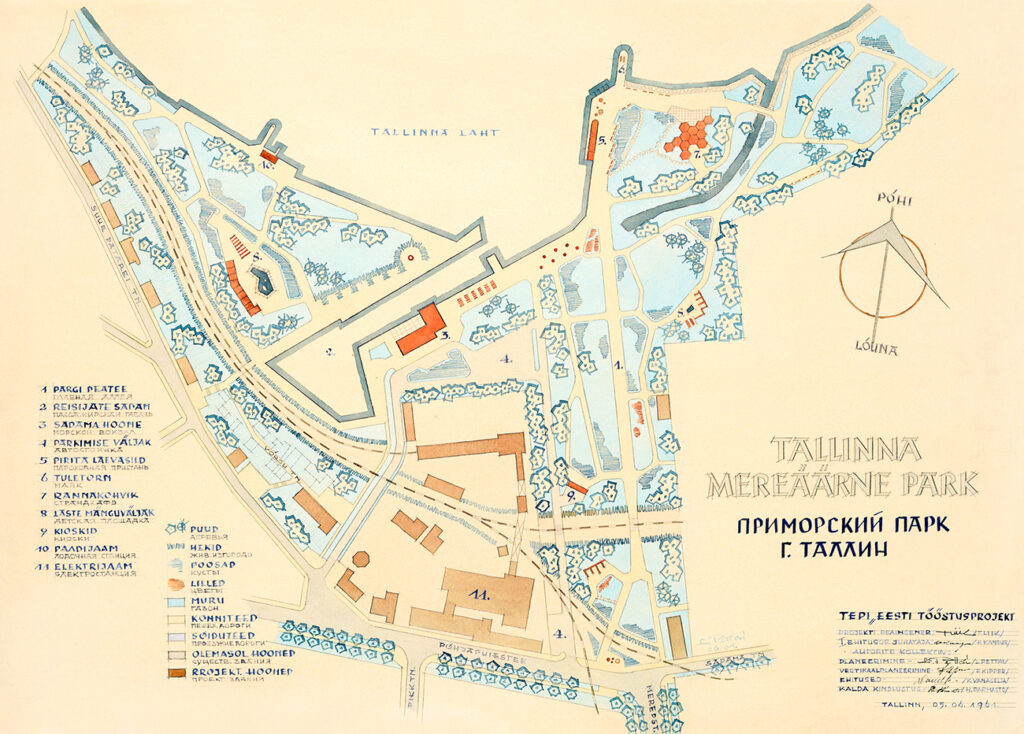
-
Tallinn Waterfront Park, 1960
Lidia Pettai, 1961. EAM 15.4.150
Seaside park in Tallinn
60 years ago, the opening of the Tallinn sea border was under discussion with the intention of turning it into a green area with port facilities. Back then, In the 1960s, and primarily at Finland’s initiative, plans were made to clear up all the areas surrounding the port with regard to the reopening of the Tallinn-Helsinki seaway and the construction of the passenger port. The seaside area – in the immediate proximity of Old Town – was partly in the military zone and opening it up to the city became a lively issue. Although, only a handful of buildings were fixed up during the Soviet era. New buildings were due to be constructed in the densely built-up industrial area together with the main park road that was in the direction of Mere Boulevard (No. 1), such as the beach café (7), the port building (3) and children’s playgrounds (8). A team of architects worked with the design at the Eesti Tööstusprojekt. Kalju Vanaselja designed the buildings and H. Parmasto behind the schemes of coastal reinforcements. The plan was designed by architect Lidia Pettai, whose watercoloured work was given to the museum in 2012 by Reet Priilaht. Text: Sandra Mälk
-
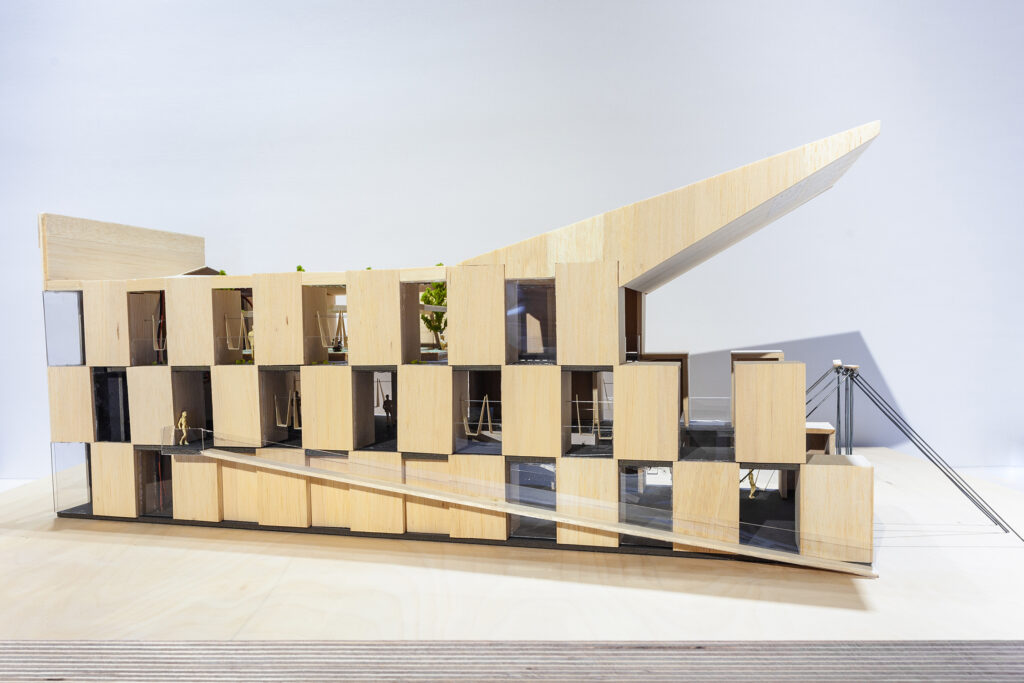
-
Estonian Pavilion at Expo 2015 Milan
-
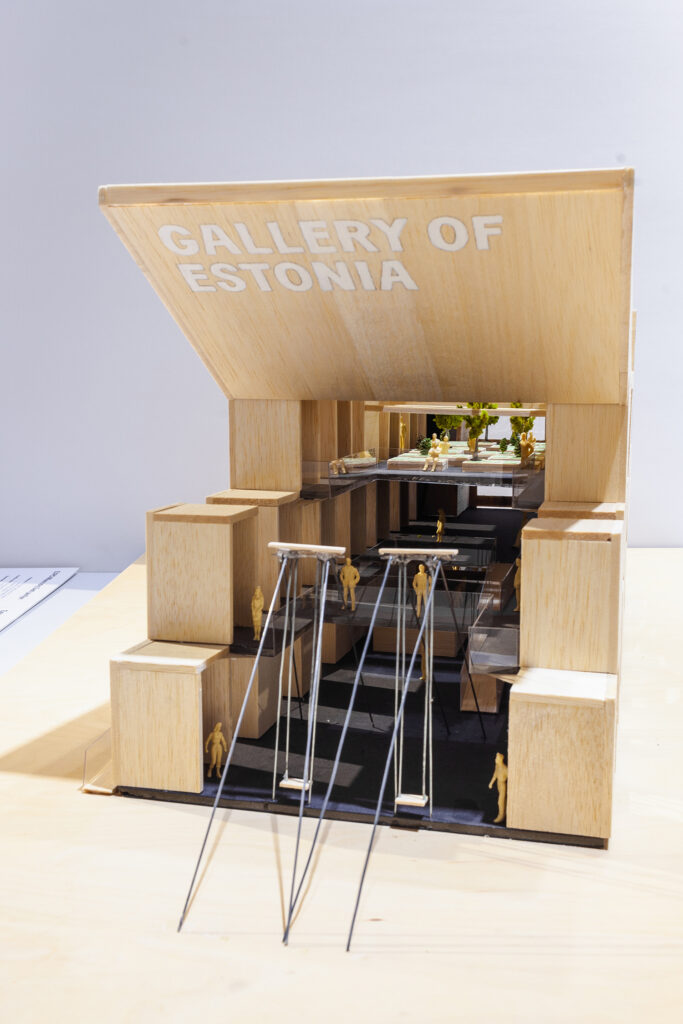
-
Estonian Pavilion at Expo 2015 Milan
-
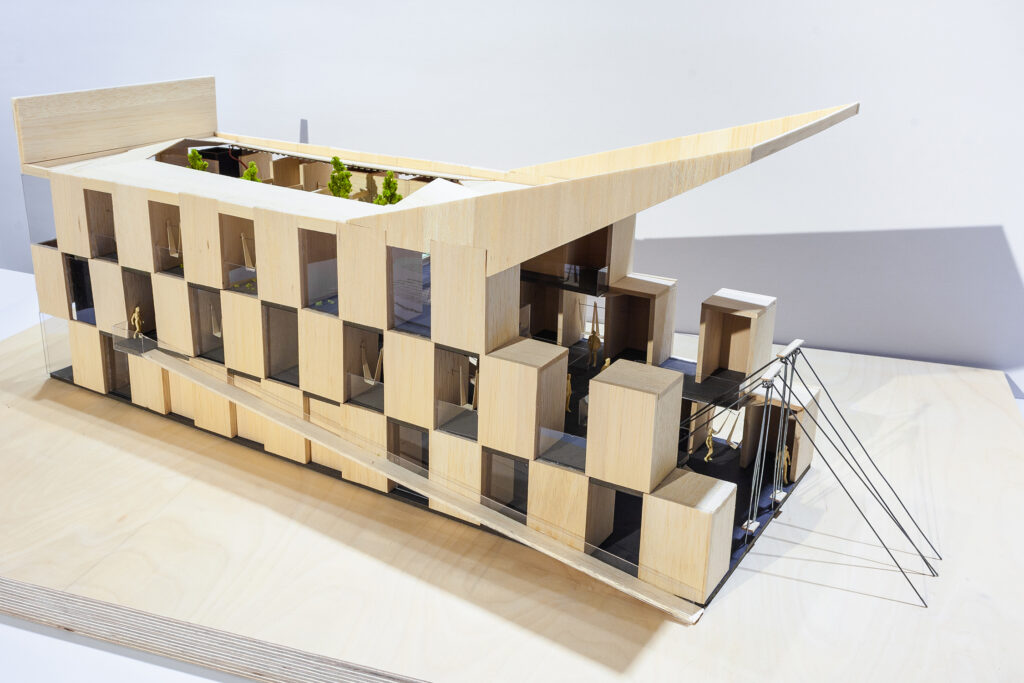
-
Estonian Pavilion at Expo 2015 Milan
Kadarik Tüür Architects, 2013–2015. Model: Martin Kaares, 2014. EAM MK 255
EMA 30 / Tiny tour of models: Estonian Pavilion at Expo 2015 Milan
The World Expo in Milan, opened in May 2015, was the second time Estonia had its own pavilion at a world’s fair. In 2013, the pavilion design competition was won by Kadarik Tüür Arhitektid. The jury praised the pavilion’s light and airy solution, playfulness and flexible modular system. The pavilion was formed from wood-covered modules reminiscent of nesting boxes, stacked in a staggered fashion. The two floors of the pavilion featured interactive video installations about Estonian nature, life and culture, while entrepreneurs presented their products and services. The third level, partly open to the sky, was a pleasant place to spend time, and was filled plants from Estonia. Two kiiking swings were erected in front of the main entrance. These and the 34 energy-generating swings between the nest boxes proved to be the pavilion’s most popular attractions. In six months, 3.4 million people visited the Estonian pavilion and it won a bronze medal for the design of the exhibition in a category of the pavilions under 2000 m2 (by the creative agency IDEA and the production company RGB Baltic).
The model of the pavilion was donated to the museum by the Estonian representation at the 2020 Expo Dubai.
Text: Anne Lass. Photos: Liisi Anvelt
-
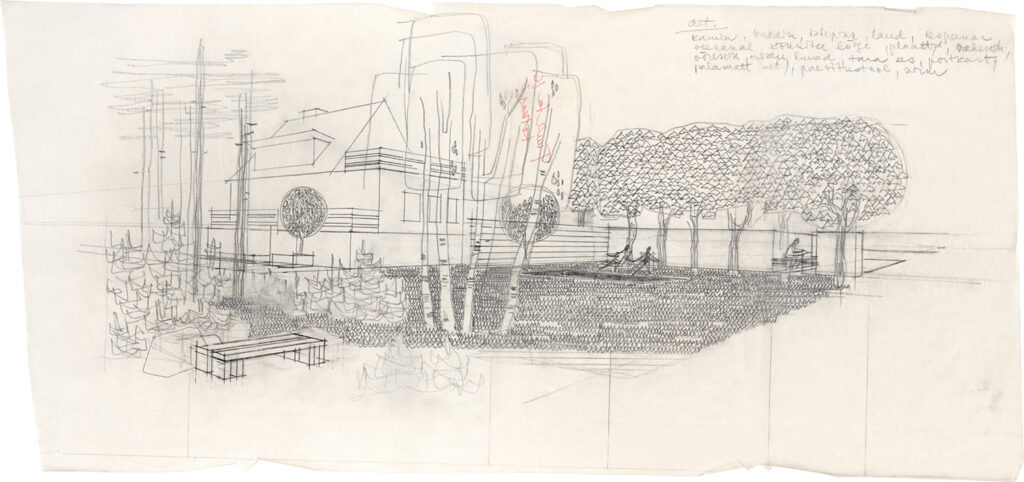
-
Merivälja residential project. Vaike Parker
Vaike Parker, 1971. EAM 45.1.8
Garden planning and landscaping sketch
The house located in Merivälja district in Tallinn was acquired by the Association of Journalists in the 1960s and soon transformed into the institution’s holiday home. A thorough design for the garden of the house was needed to organise bigger events. It was commissioned from the renowned landscape architect Vaike Parker. The sketch depicts architect’s first thoughts before drawing up a complete design – these thoughts have been sketched on delicate tracing paper using a soft pencil. Listed are the objects that complement the landscaping details, e.g. a water canal, a deck chair and a screen. In 2010, Vaike Parker
-
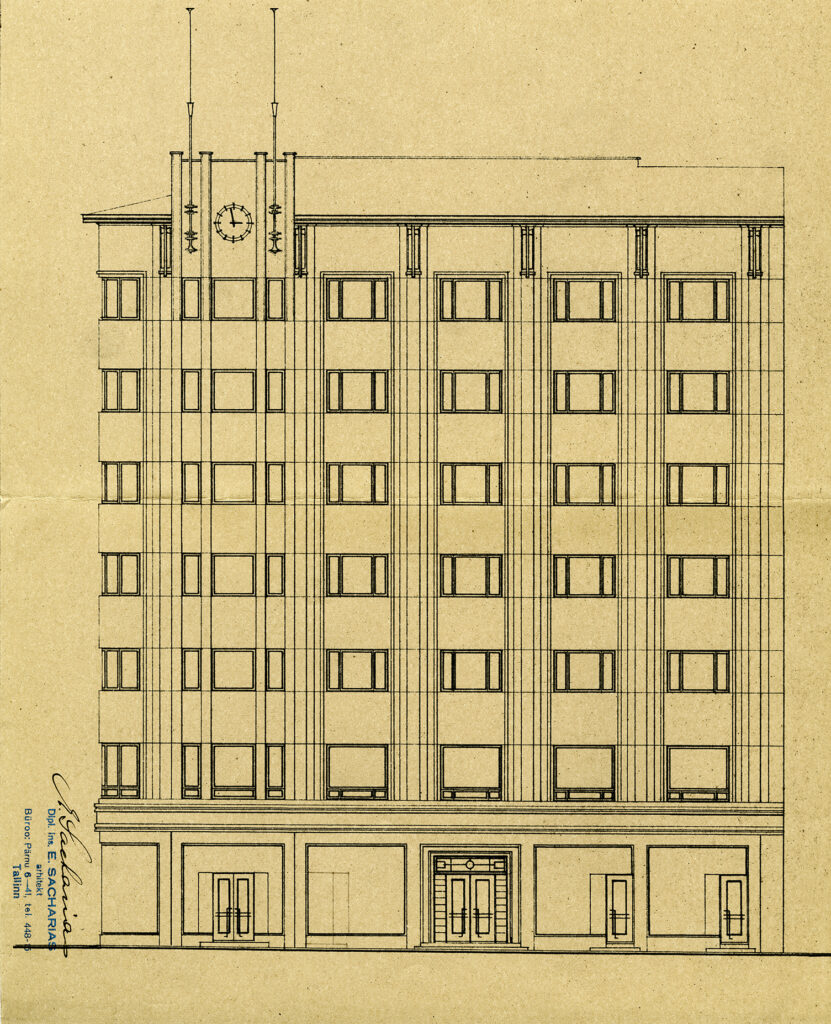
-
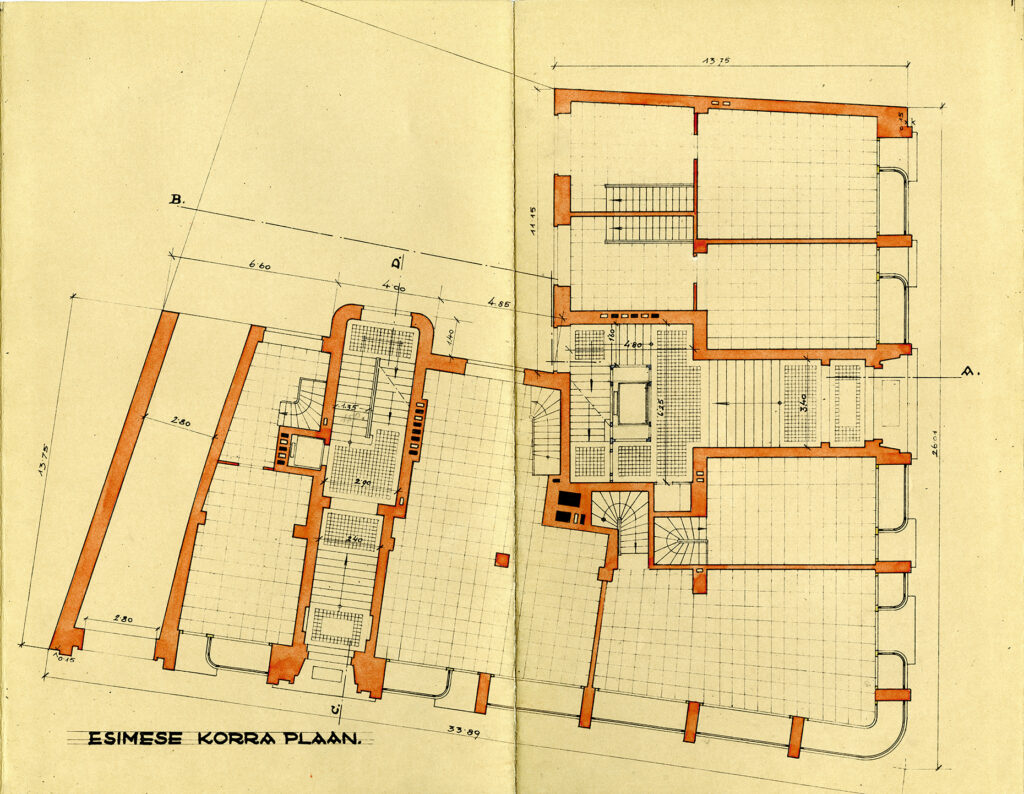
-
First floor plan
-
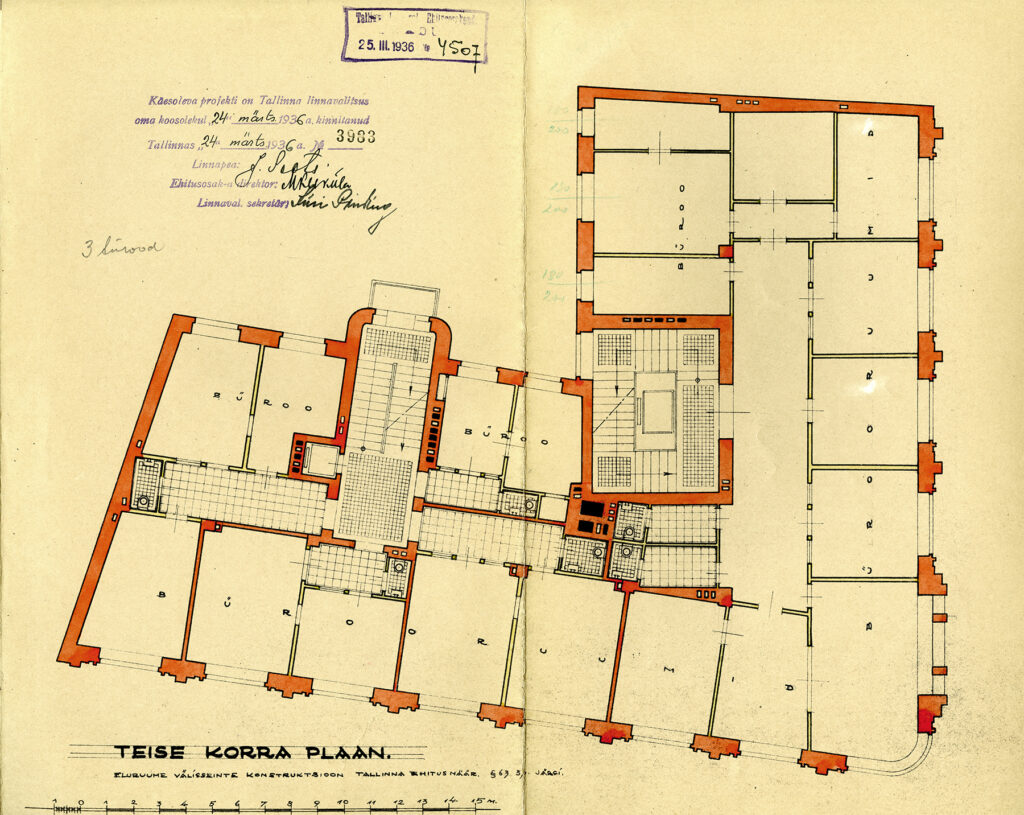
-
Second floor plan
-
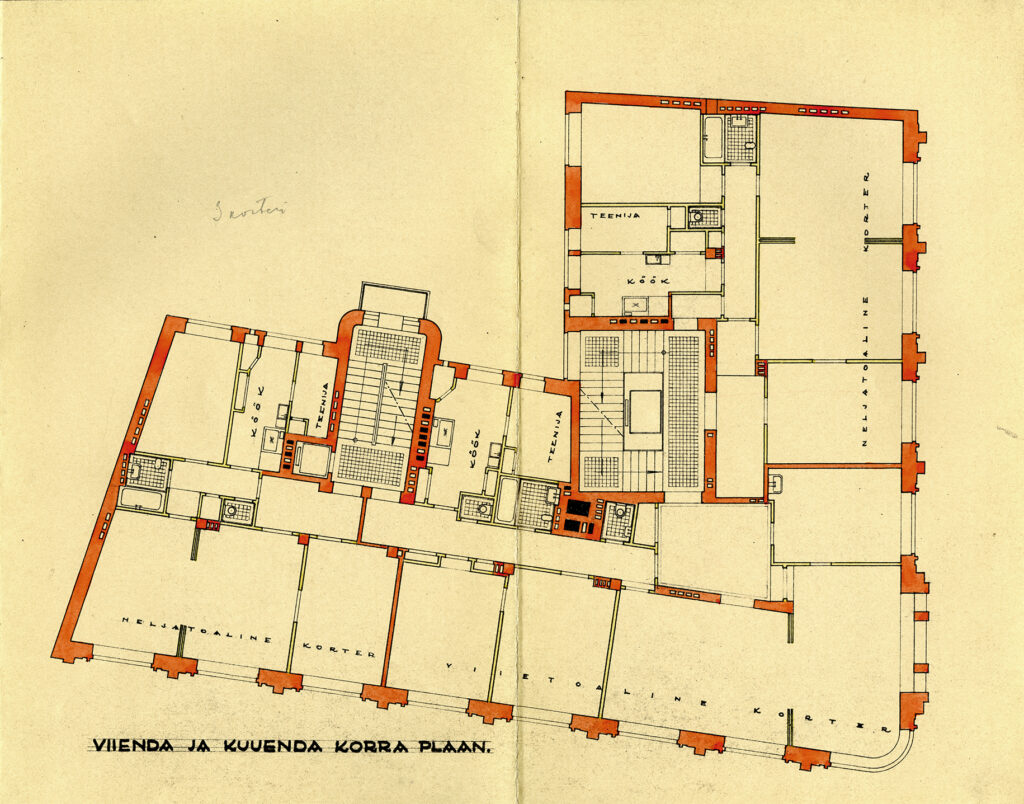
-
Floor plan of fifth and sixth floor
Eugen Sacharias, 1936. EAM 2.2.320
Office and Residential Building at Pärnu Road
The seven-storey building on the corner of Pärnu Road and Väike-Karja Street is one of the most representative rental houses built in the second half of the 1930s in the center of Tallinn. The project was commissioned from Eugen Sacharias (1906–2002) by the association “Elamu”. On the ground floor there were and still are business premises, on the first floor offices and on the higher floors there were multi-room apartments with all amenities, bathrooms and maid’s rooms. As there were several doctors among the tenants at that time, this house has also been called the so-called doctors’ house. On the seventh floor of the building were the offices of the architect Sacharias.
The Baltic-German architect Eugen Sacharias was born on April 21, 1906, who studied at the Technical University of Prague in 1925–1931. As a talented and enterprising young architect, he first helped Eugen Habermann design the so-called Urla House on 10 Pärnu Road, after which he founded his own office. In the following ten years almost 40 apartment building projects were completed. That shaped the representative visual of Tallinn as the capital. In 1941, Sacharias left to Germany with his family and ended up in Australia, where he continued to work as an architect in a construction company. In April 1991, Eugen Sacharias’ 85th birthday was celebrated with an exhibition in the lobby of the Library of the Academy of Sciences (now the Tallinn University Library). The exhibition was curated by art historian Mart Kalm. This was the first exhibition of the Estonian Museum of Architecture, founded three months earlier.
Text: Anne Lass





























